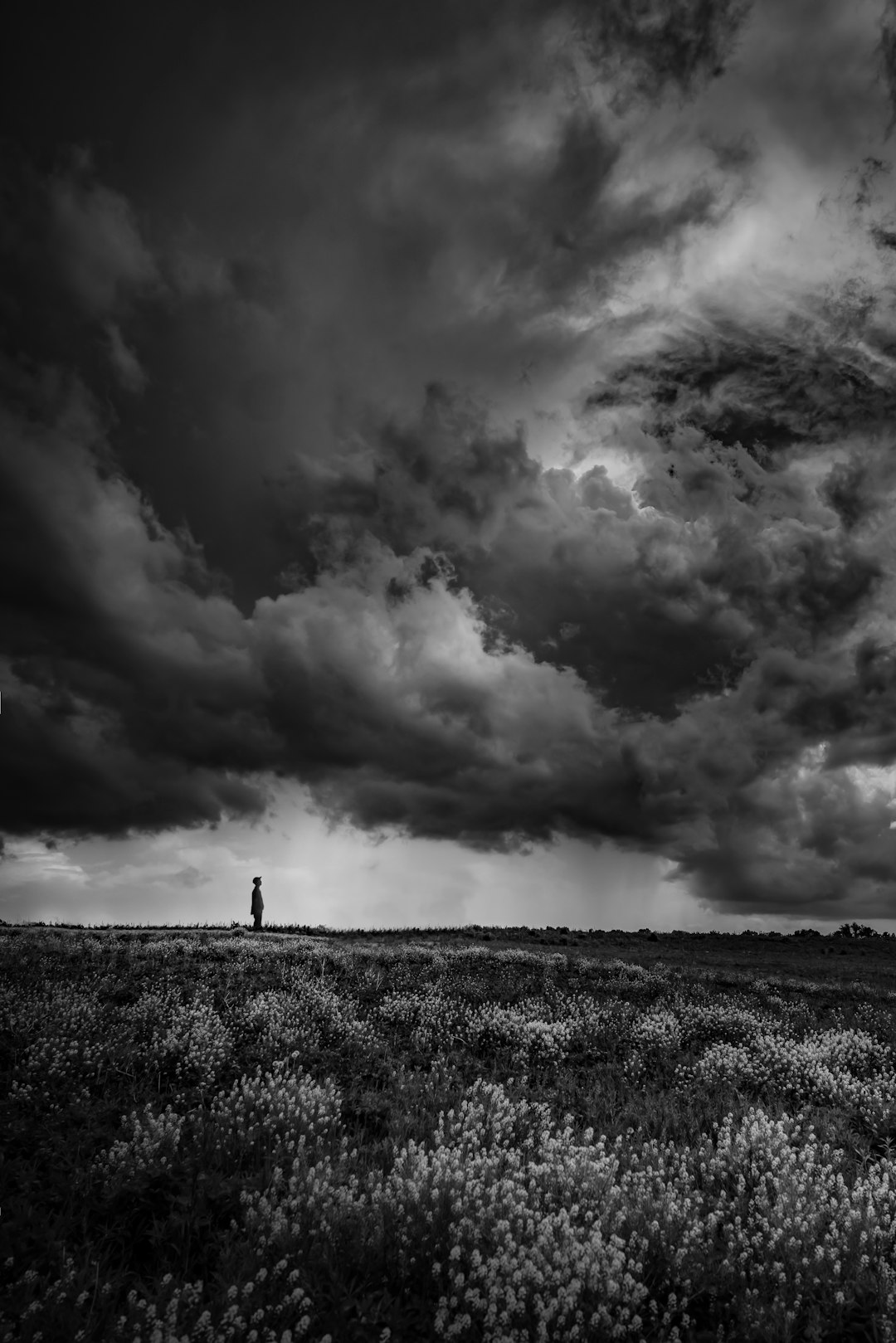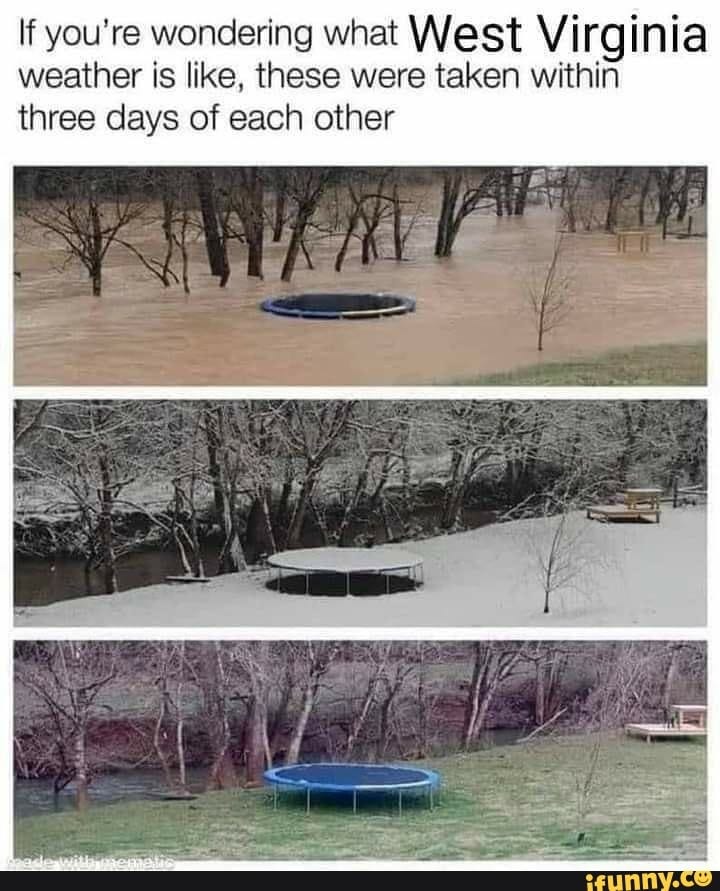
One day last week I found myself thinking, “It’s such a beautiful fall day.” A day or so prior, I thought, “What a lovely June morning.” Of course, both days were occurring in late July. This bipolar weather unsettles me.
No matter what chaos happens in our human culture, I have always been comforted by the consistency of the natural world around me. Pandemics, recessions, elections, economics, politics — and yet the sun still rises in the east and sets in the west, and spring follows winter. And summer follows spring… right?
West Virginians are no strangers to several “seasons” in a week — typically in the early spring or late fall when the weather just can’t make up its mind. May is always interesting, as is October/November. In the depth of the mountains, mornings can be downright chilly, while afternoons can break you out in a healthy sweat, only to chill you again at sundown.
But typically, once a season sets in, its behavior becomes more consistent, familiar, and reliable. Farmers, gardeners, outdoor enthusiasts — we all know the seasons well, the smell of permaculture in the spring and of decay in the fall; the sounds of early, middle, and late summer; the timing of seed sprouts, dog days, and mating rituals.
So what the heck happened this year?
The pesty Canada geese all nested at different rates this year, with goslings hatching weeks apart over a span of 5-6 weeks. Most seeds require wet and evenings warmer than 60 degrees to sprout. Here, at the beginning of August, I have seeds that still have not sprouted, and last night, the damp night chill dropped to 65. All the tomato plants are coming on late, crepe myrtle are blooming late, and lighting bugs (a typical sign of the end days of summer) have been flashing through the evenings since mid-July.
It’s August, and the garden is so wet, I can’t even walk in it. It’s August, and I’ve barely made use of our unheated swimming pool — the days just haven’t grown hot enough to elevate it from shock-level to refreshingly cool. My hens still haven’t reached full summer production, and they aren’t that old.
We’re wandering into back-to-school season, and I’m still waiting for summer to kick into full consistent bloom and glory. I should be buried in half-runner beans, and tiptoeing through a tomato forest. And although heat waves are tormenting many other regions of the nation and world, I’m sitting here wondering if summer has stopped following spring. I’ve been thinking about the last time we had a “real” winter, with several feet of snow that shut us all in for days. My mind goes back to 1994, the winter of my senior year in college, when it snowed four feet on the first day of spring break.
We all know our seasons are related to the earth's spin axis being tilted with respect to its orbital plane. When the earth's axis points towards the sun, it is summer for that hemisphere. When the earth's axis points away, winter sets in. In the 1990s, the Earth’s axis underwent a major shift. It is normal for the Earth’s axis to move by a few centimeters each year. But, in the 1990s, the direction of polar drift shifted suddenly and the rate of the drift accelerated.
In 1995, the direction of the planet’s polar drift abruptly shifted from southward to eastward. Earth's magnetic north pole has moved across the Prime Meridian in the last five years. In addition, June 29, 2022, 1.6 milliseconds under 24 hours, was the shortest day ever recorded. For more than half a century, Earth’s average rotation has been gradually speeding up, slowly skimming fractions of a millisecond off our days.
Without getting into the science of exactly why this happened, nearly every single article I have read notes that these tilts and changes concerning the earth’s axis aren’t enough to change the days, the seasons, or be of much note in our everyday lives.
And yet, our seasons are no longer familiar, consistent, or on time. These are not the summers I know, not the winters of my youth. I’m now wondering if seeds sown will sprout, why the forsythia blooms in spring AND fall. I have yet to “pack away” my warm clothing and socks for the summer, and I’ve been wearing my socks more than my flip-flops and sandals.
Has this been summer? Or have we just had an extended, muddled transition from spring straight to fall? Or, is summer yet to bloom in full, late to the party? Or, have we already tipped over into seasons that just mix and blend together? Or, shall we re-name the seasons? Mud season, stormy season, chilly season, garden season, hay season.
I can smell the oncoming of fall… In the meantime, I’m still waiting on summer.

